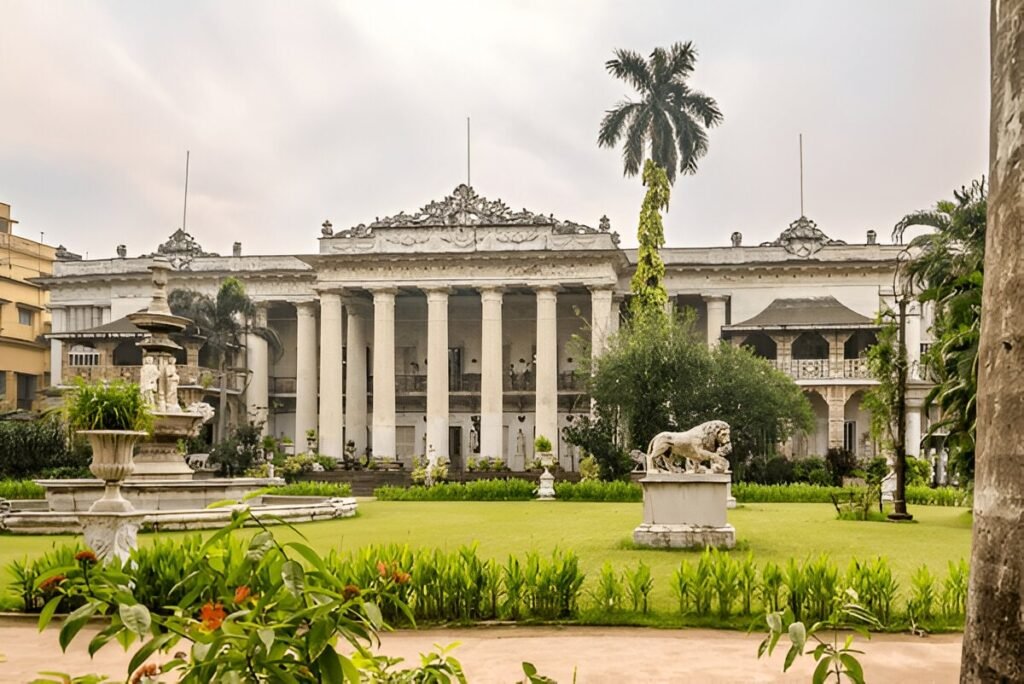Kolkata, formerly known as Calcutta, holds a unique position in India’s cultural and historical landscape. Often referred to as the “Cultural Capital of India,” this city has earned its title through a rich blend of history, art, literature, music, and intellectual traditions. Below is an exploration of the real causes behind this designation.

Historical Significance

1. Birthplace of the Bengali Renaissance
Kolkata was the epicenter of the 19th-century Bengali Renaissance, a cultural and intellectual awakening that profoundly impacted Indian society. This movement saw the emergence of luminaries like Rabindranath Tagore, who became the first non-European Nobel laureate in Literature in 1913. His contributions to poetry, music, and art remain central to Kolkata’s cultural identity.
2. Colonial Legacy
As the capital of British India until 1911, Kolkata became a hub for education, politics, and culture. The city hosted institutions like the Asiatic Society (founded in 1784) and the University of Calcutta (established in 1857), which produced many leading intellectuals and revolutionaries.
3. Indian Nationalism

Kolkata played a pivotal role in India’s freedom struggle. It was home to nationalist leaders like Subhas Chandra Bose and movements that shaped modern India’s political landscape. The city’s revolutionary spirit continues to influence its cultural ethos.
Art and Literature
1. Literary Contributions
Kolkata has been home to some of India’s greatest writers:
- Rabindranath Tagore, whose works include poetry, novels, and plays.
- Sarat Chandra Chattopadhyay, known for his exploration of human emotions.
- Bankim Chandra Chattopadhyay, who wrote Vande Mataram, India’s first national song.
The city’s vibrant literary scene is celebrated through events like the Kolkata Literary Meet and the Kolkata International Book Fair, one of the largest book fairs in the world.
2. Visual Arts
The Bengal School of Art originated in Kolkata as a nationalist response to colonial academic art styles. Artists like Abanindranath Tagore and Jamini Roy pioneered this movement, blending traditional Indian themes with modern techniques.
3. Performing Arts
Kolkata is a hub for Indian classical music and dance. Events like the Dover Lane Music Conference attract renowned musicians from across the country. The city also has a thriving theater culture, with institutions like Nandikar organizing annual festivals.
Cultural Institutions

1. Museums and Libraries
Kolkata houses some of India’s most significant cultural institutions:
- The Indian Museum, established in 1814, is the oldest museum in India.
- The National Library of India, located in Kolkata, is the country’s largest library.
- The Academy of Fine Arts hosts regular exhibitions and performances.
2. Film Industry

The Bengali film industry, or Tollywood, based in Kolkata, has produced iconic filmmakers like Satyajit Ray, who won an Academy Award for Lifetime Achievement. His films continue to inspire global audiences.
Festivals and Traditions

1. Durga Puja
Durga Puja is Kolkata’s most celebrated festival and has been recognized by UNESCO as an Intangible Cultural Heritage event. The city transforms into a grand carnival with elaborate decorations, artistic pandals (temporary structures), and cultural performances.
2. Other Festivals
Kolkata celebrates various festivals with equal enthusiasm, including Kali Puja, Saraswati Puja, Christmas on Park Street, and Holi. These events reflect the city’s inclusive spirit.
Intellectual Culture

1. Adda Culture
Kolkata’s adda culture—informal intellectual discussions on topics ranging from politics to philosophy—is central to its identity. These gatherings often take place in local cafes or neighbourhoods (paras).
2. Political Awareness
The city’s walls are adorned with political graffiti and posters reflecting its citizens’ active engagement with social issues. This tradition has earned Kolkata the nickname “City of Posters”.
Architectural Heritage
Kolkata’s architecture is a blend of colonial grandeur and traditional Indian styles:
- Iconic landmarks like the Victoria Memorial, Howrah Bridge, and Marble Palace showcase its historical significance.
- Neighbourhoods feature a mix of modern buildings and traditional houses, maintaining a connection to its roots.
Modern Contributions
Despite challenges like poverty and overpopulation, Kolkata continues to thrive as a cultural hub:
- It remains a centre for contemporary art, literature, and cinema.
- Modern artists and performers often launch their careers in this city.
Conclusion
Kolkata’s designation as the “Cultural Capital of India” is well-deserved due to its unparalleled contributions to art, literature, music, and intellectual thought. Its unique ability to blend tradition with modernity ensures that it remains a vibrant cultural hub for generations to come.
Also, read
